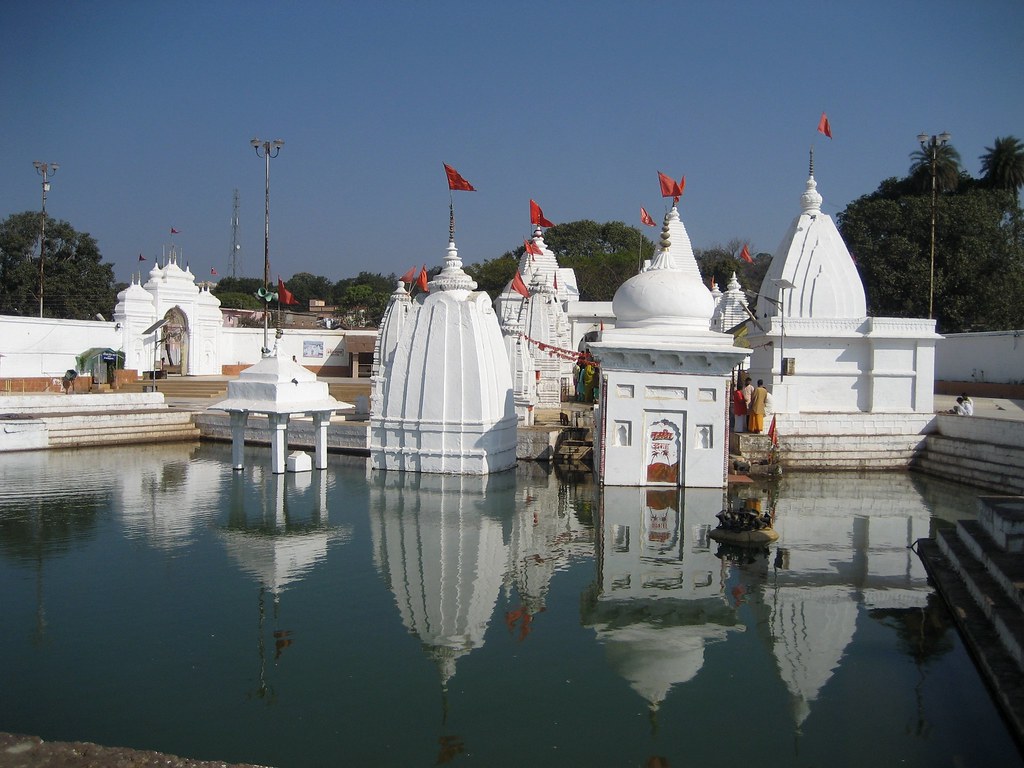The Narmada River, which is known to be one of the most sacred and major river of India, originates at the Maikala range of the Amarkantak plateau in Madhya Pradesh. Narmada starts its flow from the Amarkantak, rising an altitude of about 1,057 meters above the sea level and through a course of about 1,312 kilometers, drains itself into the Arabian Sea at the Gulf of Khambhat in Gujarat.
In contrast to the rest of Indian rivers which start from Himalayan ranges, Narmada is one of those which run west and passes through the middle of the Indian peninsula. It demarcates the Aravalis and separates North India from South India and is one of the few rivers in South Asia which flows in the west direction.
Narmada Basin: The Narmada basin occupies an area of around 97696 Sq Kms which covers Madhya Pradesh, Gujarat and Maharashtra. This region is familiar for its diverse wildlife and vegetation coverage bases, and highly productive agricultural lands.
There is the Dhuandhar Falls near Jabalpur where the river runs through marble rocks and gives a nice scene to view. Oh, the Narmada River has always been an object of worship in Hindu mythology. It is placed amongst one of the seven sacred rivers of India and is believed to possess the purifying properties.
According to the mythology, Narmada had sprung out from the perspiration of the god Shiva. During the great cosmic dance of Shiva (Tandaav), some sweat droplets fell creating a kund from where maa Narmada was created. Therefore, in torrential waters, the river often comes to be known as Shankari, an epithet that bears out the implication of being the daughter of Lord Shiva.
Thus Narmada it is not merely river as an object of geographic study but representation of Indian civilization. Starting from the legendary Amarkantak plateau in Madhya Pradesh, flowing through the different states of India, and finally merging into the Arabian Sea, the river is filled with stories and narratives of historical and contemporary essence. Today it continues feeding the land and sustaining the spirit of the people, which reflects the true image of India – the country of ancient nature and rich culture.

